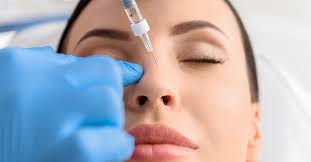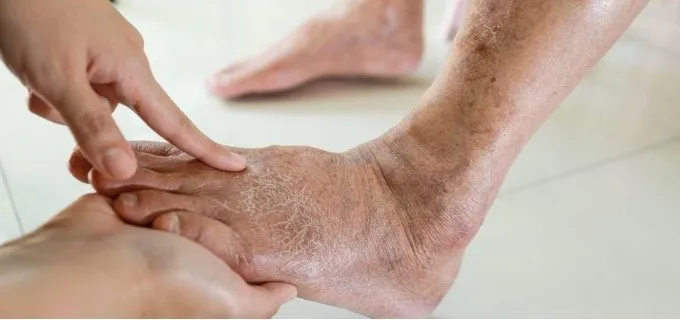Understanding the Role of a Retina Specialist in Eye Health
September 19, 2025
Lifestyle Adjustments to Prevent Lower Back Pain
September 19, 2025Dermal fillers are options for enhancing facial features and reducing signs of aging without surgery. These injectable treatments can restore volume, smooth lines, and create a youthful appearance. Understanding what dermal fillers are, how they work, and what to factor in before treatment is key to achieving safe, natural-looking results.
Understanding What Dermal Fillers Are
Dermal fillers are gel-like substances, commonly made from hyaluronic acid, that are injected into the skin. Hyaluronic acid is a naturally occurring substance in the body that helps keep skin hydrated and plump. When used as an injectable filler, it can add volume to areas like the cheeks and lips. It can also help fill in wrinkles, fine lines, and improve the appearance of scars.
The effects are temporary, lasting from six months to two years, depending on the product used and the area treated. Other types of fillers exist, including those made from calcium hydroxylapatite. Each type of filler has specific properties and is suited for different aesthetic goals. A qualified provider will help determine which cosmetic filler is appropriate for your individual needs and desired outcomes.
Assessing Key Factors
Before proceeding with treatment, it is key to carefully evaluate several key factors to promote optimal results and safety. Here are key factors to assess:
- Type of filler: Select the filler type best suited to your aesthetic goals, as different fillers have distinct compositions and properties.
- Provider qualifications: Make sure the provider administering the treatment is licensed, experienced, and possesses a thorough understanding of facial anatomy.
- Potential risks: Be aware of possible side effects, including swelling, bruising, or rare complications such as infection.
- Expected outcomes: Have realistic expectations for the results, as outcomes can vary depending on individual anatomy and filler choice.
- Longevity of results: Understand how long the effects of the chosen filler are likely to last, as durations may range from months to years, depending on the product.
Taking the time to address these concerns with your provider can promote a safe procedure and satisfactory results.
Preparing for the Procedure
The dermal filler procedure is straightforward and performed in an office setting. First, your provider will cleanse the treatment area and may apply a topical anesthetic to minimize discomfort. Some fillers also contain lidocaine, a mild anesthetic, to further reduce pain during the injection. The provider will then inject a precise amount of the filler strategically into the targeted areas of your skin. Following the injections, you may receive a gentle massage of the treated areas to make sure the filler is evenly distributed.
Following Aftercare Tips
After receiving injectable fillers, you can resume most normal activities immediately. Your provider will give you specific aftercare instructions to help manage side effects and support the healing process. Common side effects often include mild swelling, redness, and bruising at the injection sites. These usually resolve within a few days.
To help with recovery, it is helpful to avoid strenuous exercise and extensive sun or heat exposure for at least 24 hours after the treatment. Applying a cool compress to the treated areas can help reduce swelling. It is also a good practice to avoid touching or rubbing the treated areas to allow the filler to settle properly.
Schedule Your Dermal Fillers Appointment
Dermal fillers offer a non-surgical way to enhance your appearance by restoring volume and smoothing wrinkles. By understanding what they are and knowing what to expect during and after the procedure, you can approach your appointment with confidence. To learn more about how aesthetic fillers can help you achieve your goals, schedule an appointment with a qualified provider near you today.





